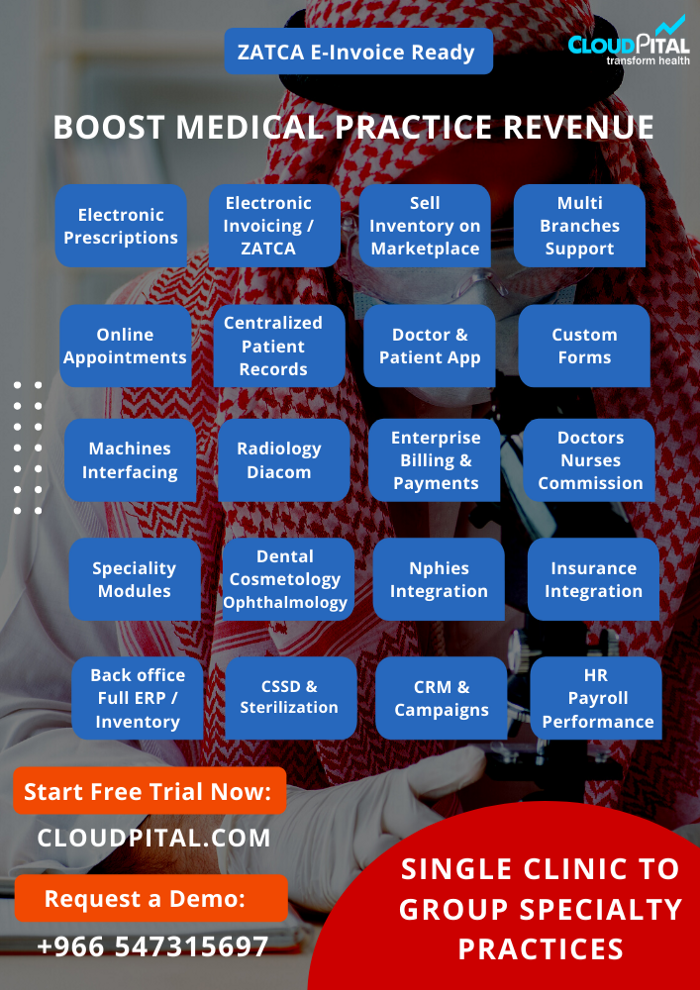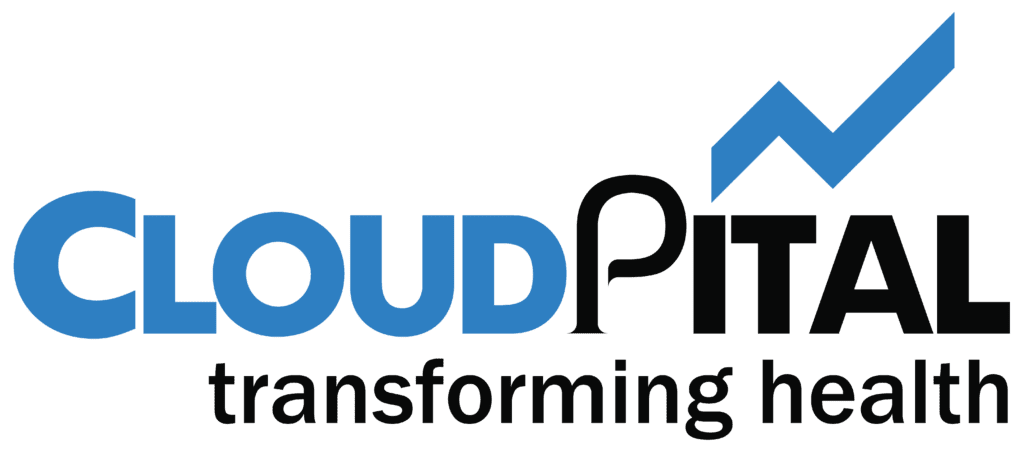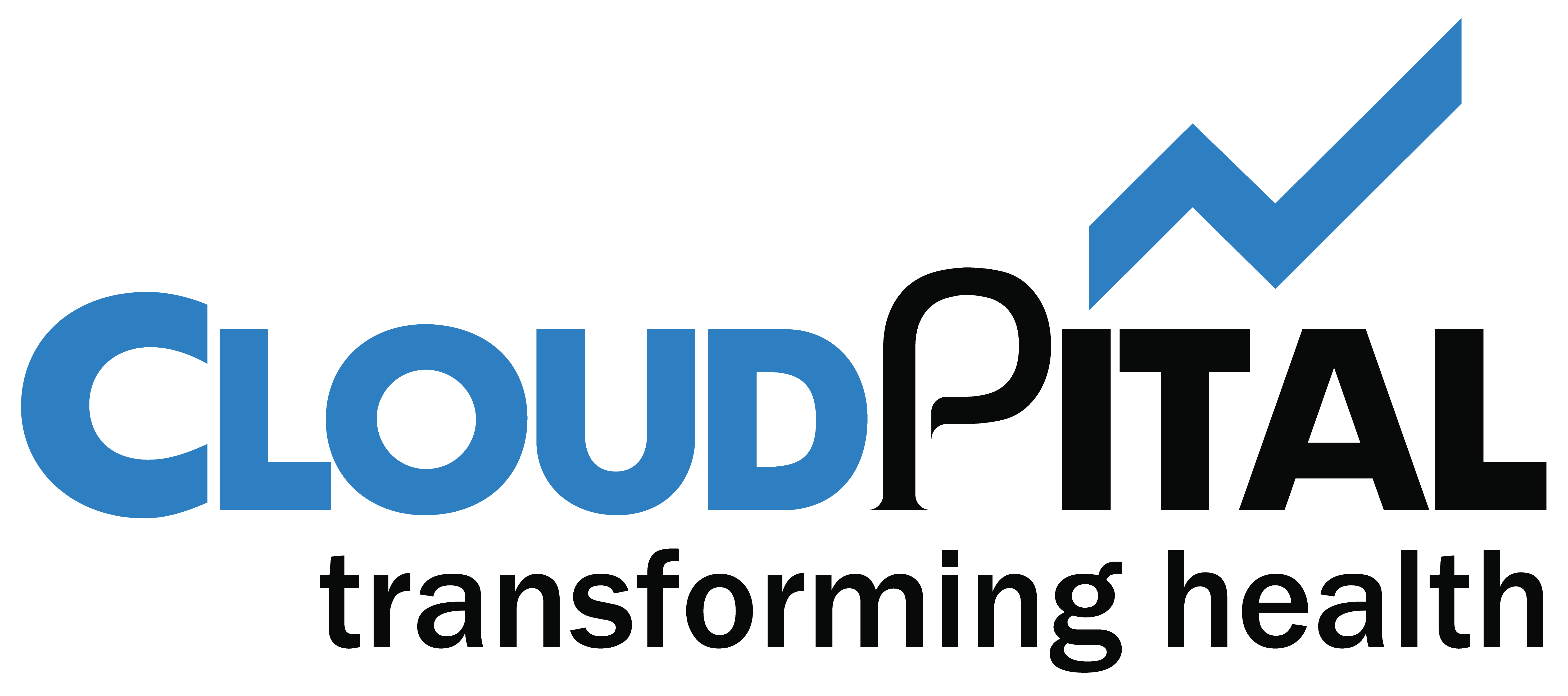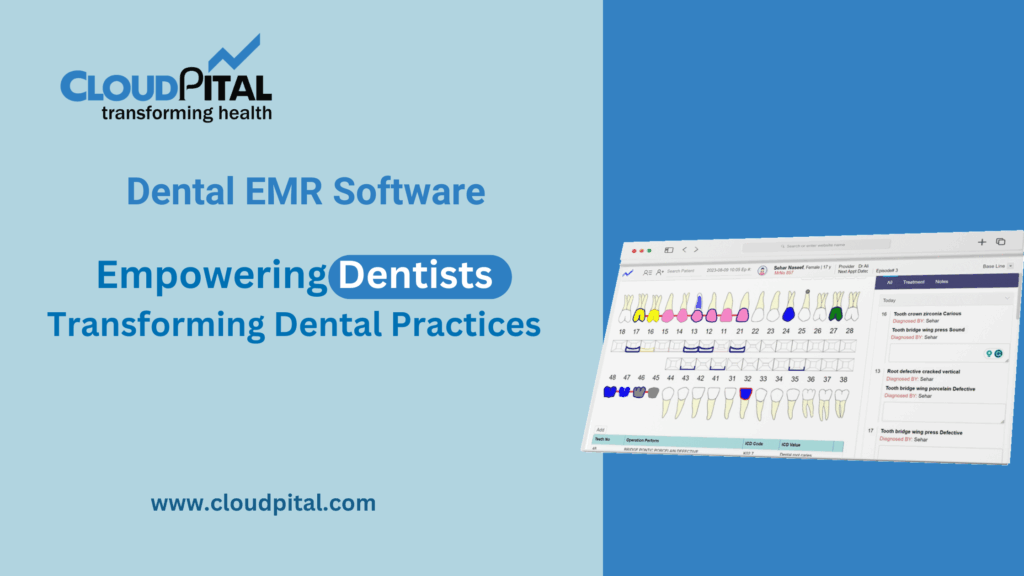Cloudpital # 1 one of the top Nphies Integration brings essential integration into the systems through electronic medical records as Saudi Arabia sets forth the pathway toward creating a competent unified healthcare system. Behind Nphies lies the national platform for health information exchange services, focusing on achieving a better quality of healthcare that will support the efficient building of interoperable healthcare provision across service providers. While Nphies’ integration brings many benefits, from streamlined workflows to enhanced patient care, the platform also presents unique challenges for healthcare providers adopting it.
Click to Start Whatsapp Chatbot with Sales
Mobile: +966547315697
Email: sales@bilytica.com
Cloudpital # 1 Nphies Integration

Understanding Nphies and Its Role in Saudi Healthcare
Nphies Integration is a health information sharing platform initiated by the Saudi Health Council in collaboration with the National Health Information Center (NHIC). Its primary focus will be on ensuring a seamless flow of data from one healthcare provider to an insurer and then to regulators. This will ensure coordinated better healthcare, reduced redundancy, and improved patient outcomes.
Core Objectives of Nphies:
Data standardization: The objective here is to have one common system for sharing health information.
Seamless Health Data Flow: It enables effortless flow of healthcare information within the Kingdom of Saudi Arabia.
Better Patients’ Outcome: It enables robust decision-making in the clinics with the aid of latest and correct information.
Cost-Effectiveness: It eliminates paperwork, and consequently, administrative charges along with healthcare charges are brought down.
Top Challenges facing the integration of Nphies EMR
With that said, the way to smooth integration with Nphies is not easy. Here are some of the most common problems that healthcare service providers face:
Data Interoperability and Compatibility
Challenge: Because different healthcare providers use varied software platforms, which sometimes have different data structures or formats, it is sometimes complicated to integrate Nphies with the different EMR systems. Compatibility between these disparate systems and Nphies is a huge challenge in this regard.
Solution
Standardized Data Models: Use standardized data models that adhere to Nphies protocols to share data. This is a way of safeguarding the integrity and consistency of data while transferring from one system to another.
APIs and Middleware Solutions: The APIs and middleware solutions could be a medium to allow Nphies and other systems to be interlinked without changing their systems, enabling data to flow from them.
Data Transformation Tools: These tools support the conversion of multiple data formats into Nphies-compatible formats, ensuring smoother interoperability across systems.
Data Privacy and Security Issues
Problem Statement: Healthcare industry involves sensitive patient information while integrating with Nphies with strict adherence to data privacy regulations to avoid breaches of their data and comply strictly.
Strong encryption protocols: Data needs to be encrypted at both transmission and storage levels to prevent access to sensitive information by unauthorized parties. The best approach to data privacy is through end-to-end encryption.
Access control mechanisms: Ensure that access to data is strictly limited to only those authorized to do so through strong access controls. The use of role-based access controls allows only those with proper permission to view or change the data.
Compliance with International standards: HIPAA (Health Insurance Portability and Accountability Act) and GDPR (General Data Protection Regulation) can really help in putting a global framework for ensuring data protection. This may help Healthcare providers to get in harmony with Nphies Integration uncompromising needs of confidentiality of data.

Resource and Infrastructure Limitation
It might be very costly to upgrade existing hardware or expand IT resources for the new demands of Nphies EMR in Saudi Arabia, especially for most small health facilities.
Solution
Cloud-Based EMR Systems: This reduces the need for on-premises infrastructure to be costly. Cloud-based EMR systems that could be compatible with Nphies can help the small provider use the platform without having to spend in costly hardware.
Government Support Programs: The government grants or programs aimed at promoting Nphies adoption can help reduce the burden of some of the costs, especially for the smaller healthcare providers.
Scalable Infrastructure Solutions: Scalable infrastructure solutions grow with the needs of the organization, allowing providers to start small and expand their IT resources gradually.
Workflow Disruption and Staff Training
Challenge: Integration of Nphies interferes with the conventional workflows, and it takes much time for the workers accustomed to the traditional ones to change to a system.
Solution
There is a need for developing full-scale training programs that include instruction on how to fully exploit the integrated system effectively. Continuous training and supports will be essential to remain productive and satisfied.
Change Management Strategies: Implement strategies in terms of change management that can ease the new system’s transition. Examples of this may include very clear communication regarding the merits of the Nphies integration, gradual rollouts, and top management support.
User-Friendly Interfaces: Ensure the EMR integrated with Nphies has interfaces that make the user’s work as intuitive as possible to ensure less learning and adapting.
Costs of Integration and Financial Restrictions
Challenge
The integration of Nphies will lead to significant upfront costs that will be incurred in terms of software upgrades, IT infrastructure, and implementation services. These costs are highly inhibitive to healthcare providers with a limited budget.
Solution
Cost-Benefit Analysis: Conduct a cost-benefit analysis to understand long-term financial and operational benefits from the integration of Nphies. Although the cost is high upfront, this would lead to improved efficiency and patient outcomes that bring about cost savings over time.
Modular Implementation: Break up the integration process into more manageable modules. This can allow providers to implement Nphies in phases and amortize costs over a period of time.
Financial Assistance Programs: Search for programs that offer financial assistance, or government grants, tailored to support healthcare providers toward Nphies compliance.
Maintaining Data Accuracy and Quality
Challenge
Data post and during integration should be of high quality and accurate. Errors or inconsistencies in data will lead to misdiagnoses, redundant tests, and poor patient care.
Solution
Implement strict data quality management protocols in order to maintain accurate and consistent records during the transition.
Automated Data Validation Tools: Use data validation tools that will validate and correct the errors even before entry in Nphies. These also ensure integrity of data since they flag inconsistencies and standardize records.
Routine Audits and Monitoring: Periodically audit the data to determine discrepancies to be corrected, thus ensuring quality and accuracy of data over time.
System Continuity End
Challenge
In order to timely care, uninterrupted access must be allowed to the healthcare providers. A running system cannot allow downtime during or after integration, and hence there could be operational problems, and even the issue can rise to the threat level to the patient safety.
Solution
Robust backup and disaster recovery plans, thereby protecting against loss of data with timely recovery in the event of system failure.
System Redundancy: The deployment of redundant systems or cloud solutions would constantly ensure availability of patient data where the system may have failed.
Routine Maintenance and Monitoring: Routine maintenance and monitoring of system performance must be made available to establish any probable issues that will arise in order to keep the system from crashing all of a sudden.
Conclusion
The long-term advantages that come with joining Medical Solutions in Saudi Arabia include smooth-running operations, improved care of patients, and security of data for healthcare providers but bring their own challenges in terms of strategic planning, technical know-how, and finances.
The integration of Nphies would thus be a step forward towards the achievement of the objectives of the country’s Vision 2030, the advancement of the transformation of digital healthcare, and their positioning as leaders in a connected, data-driven healthcare ecosystem. The process of integration would not pose any problems for the health providers if they were well aware of the challenges involved and adopted the best solution.
In the end, Nphies integration is beyond adopting new technology; it revolves around rebasing healthcare practice, improving patient outcomes and building a sustainable and effective healthcare infrastructure that benefits all patients, providers, and the healthcare system at large.
You can explore our other blogs
PMS, EMR Systems, Nphies EMR in Saudi Arabia
Top Challenges and Solutions in Nphies Integration similar software solutions prices were updated on 2025-12-17T15:29:50+00:00 in Saudi Arabia in Mecca, Medina, Riyadh, Khamis Mushait, Yanbu, Jeddah, Dammam, Unaizah, Uqair, Ha’il, Ta if, Al Bahah, Dhahran, King Abdullah Economic City, Najran, Diriyah, Qatif, Khafji, Jubail, Abqaiq, List of Cities and Towns in Saudi Arabia, Ras Tanura, Turubah, Jazan Economic City, Knowledge Economic City, Medina, Khobar, Abha, Tabuk, Saudi Arabia, similar software solutions prices were updated on 2025-12-17T15:29:50+00:00 We also provide in Saudi Arabia services solutions company in Hafar Al-Batin, Udhailiyah, Al-Awamiyah, Hofuf, Hautat Sudair, Buraidah, Tayma, Duba, ‘uyayna, Saihat, Al-Kharj, Al-ula, Jizan, Rumailah, Ar Rass, Arar, Shaybah, Al Majma’ah, Rabigh, Dhurma, Haradh, List of Saudi Cities by Gdp Per Capita, Badr, Sudair Industrial City, Baljurashi, Shaqraa, Al-Khutt, Habala, Ad Dawadimi, Dawadmi, Layla, similar software solutions prices were updated on 2025-12-17T15:29:50+00:00 Price is SAR 100 and this was updated on updated on 2025-12-17T15:29:50+00:00 similar Top Challenges and Solutions in Nphies Integration software solutions prices were updated on 2025-12-17T15:29:50+00:00 in Saudi Arabia in Haql, Afif, Al-Abwa, Farasan, Al-Jaroudiya, Thadig, Al-Thuqbah, Al Wajh, Almardmah, Al-Zilfi, Muzahmiyya, Prince Abdul Aziz Bin Mousaed Economic City, Tharmada’a, Skaka, Um Al-Sahek, Sharurah, Tanomah, Bisha, Dahaban, Al Qunfudhah, Qurayyat, Saudi Arabia, Ha’ir, as Sulayyil, Al Lith, Turaif, Al-Gway’iyyah, Samtah, Wadi Ad-Dawasir, Az Zaimah, Safwa City, Jalajil, Harmah, Mastoorah, Hotat Bani Tamim, Jabal Umm Al Ru’us, Rafha, Qaisumah, Al-Ghat, Hajrah, Al-Hareeq. Excerpt: Jeddah (also spelled Jiddah, Jidda, or Jedda; Arabic: Jidda) is a Saudi Arabian city located on the coast of the Red Sea and is the major urban center of western Saudi Arabia similar software solutions prices were updated on 2025-12-17T15:29:50+00:00 Price is SAR 100 and this was updated on updated on 2025-12-17T15:29:50+00:00
10-31-2024




